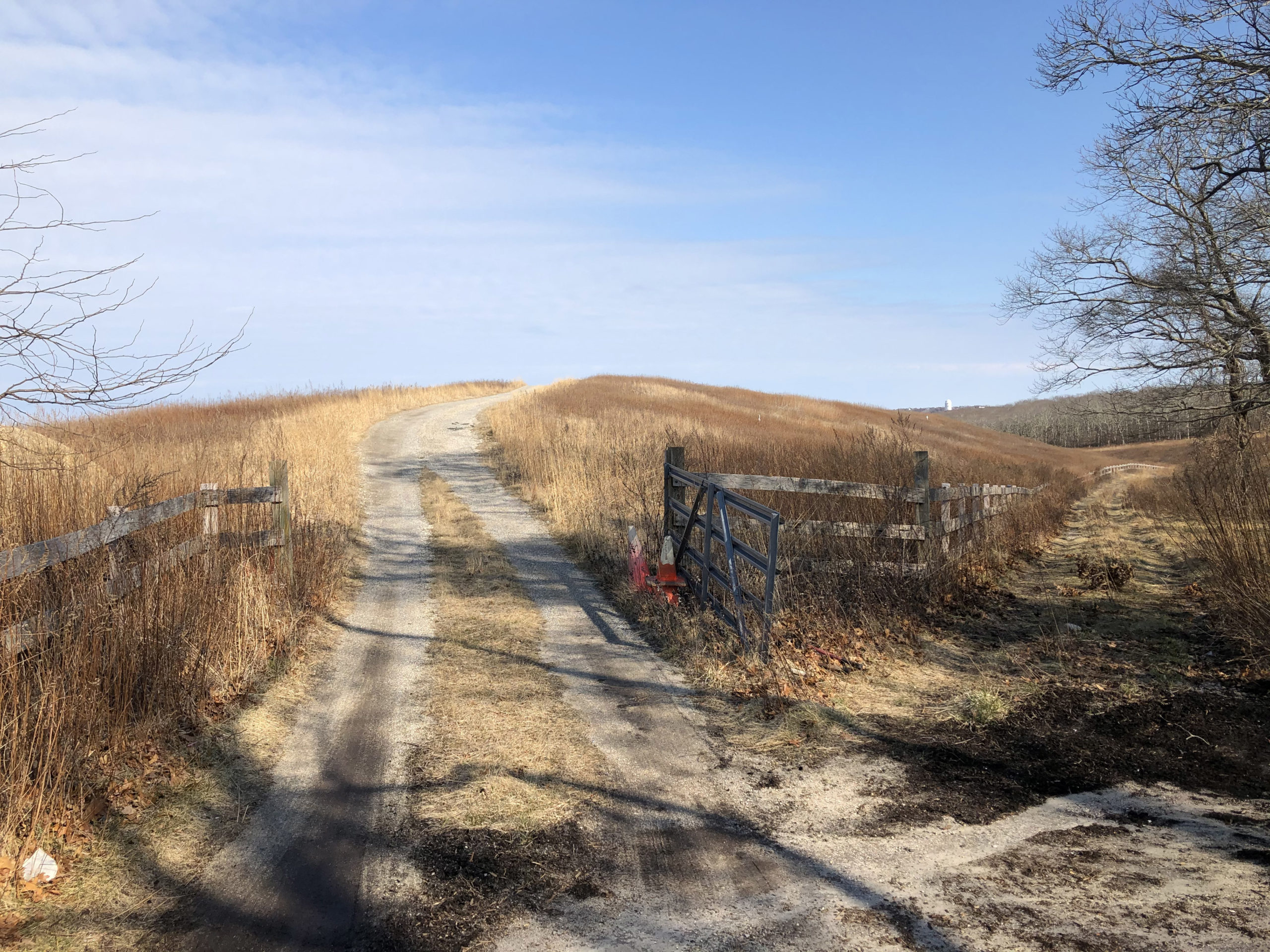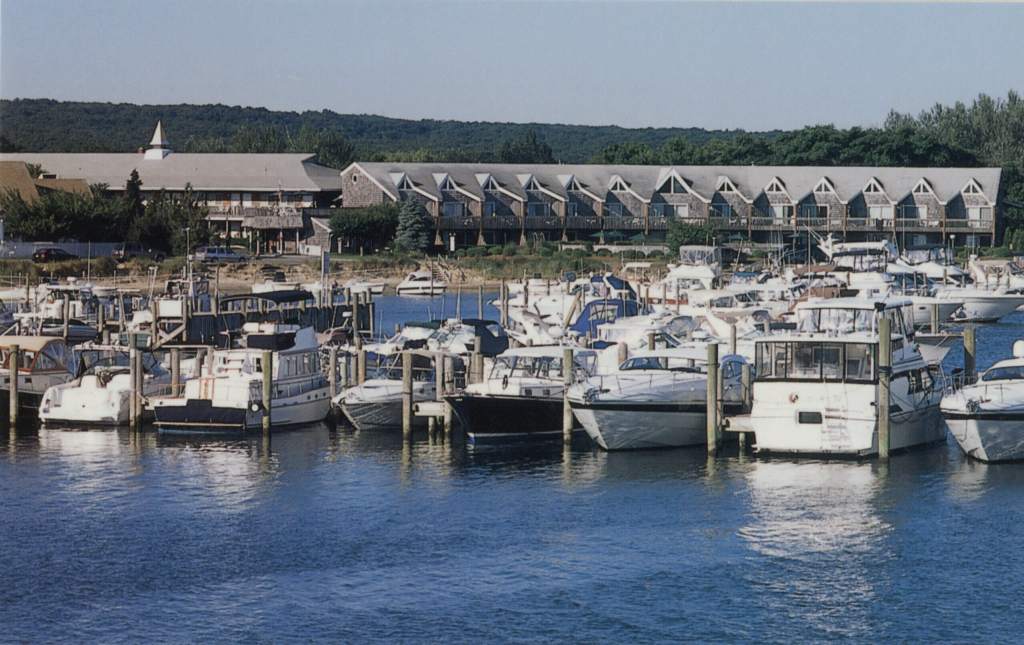East Hampton: New Law On Tap To Protect Aquifer

Representatives from the firm that has, for many years, provided guidance to the Town of East Hampton on protecting its ground and drinking water weighed in last week before the town board with some seemingly good news, as well as the beginnings of legislation to protect the water from the effects of sand and gravel mining. However, a consultant from the mining industry contradicted the firm’s warnings about the deleterious effects of mining.
Benjamin Cancemi, a hydrogeologist from the consulting firm FPM Group, told town board members February 4 that the plumes of toxins emanating from the two former garbage dumps in the town that were capped at the beginning of this century are shrinking. The two sites are now recycling centers, one on Springs Fireplace Road, the other on Montauk Highway about a half-mile west of the downtown Montauk hamlet area.
Cancemi said that for many years his firm has monitored for volatile organic compounds. He said the amount of tetrachloroethylene detected beneath the ground at the Springs Fireplace Road site has been steadily decreasing. However, the amount of manganese, particularly around the current compost area at the site, has been increasing. Cancemi said manganese is released as organic matter decays.
It is not a concern when residents compost on their properties; however, the amount of manganese released from a large-scale composting operation such as the one being run at that site can be a health concern.
The amount of methane detected at the site has greatly decreased over the years as well.
After the Montauk site was capped in 2001, the amount of ammonia detected increased for several years. However, that trend has been reversed. Sodium amounts picked up by the detection wells at the Montauk site, however, have increased. This may be related to winter salting of the roads, though the site is not currently used for salt storage.
One member of the public, Frank Rina, questioned the firm’s conclusions, saying that they were minimizing the risk to the public.
Stephanie Davis, who heads FPM’s hydrology department, also spoke. She presented the board with draft legislation that would, if enacted, regulate sand and gravel mines and their reclamation after they are exhausted across the town of East Hampton.
The town, she said, is entirely dependent on the natural aquifers for its drinking water. That water is filtered as it seeps from the surface through sand. Sand mining removes that natural filter. In addition, the mining process itself can introduce contaminants, such as diesel oil, to the aquifer. Imported materials, such as construction debris, introduce contaminants into the water supply, as well.
What happens to these mines after they are exhausted needs to regulated, she said. Using the mine sites for composting, as an example, can lead to unwanted chemicals, such as manganese, running into the drinking water supply.
She pointed specifically to a three-year study done by the Suffolk County Department of Health Services of the Sand Land mine site in Noyac. That mine, Davis said, is deep in the groundwater recharge zone. The study showed that manganese, iron, pesticides, and other toxins were seeping into the water.
In 2018, Davis told the board, a law sponsored by Assemblyman Fred Thiele and retiring State Senator Ken LaValle created a path for towns to regulate sand and gravel mining, if those towns were solely dependent on the aquifer for their drinking water.
Davis also presented a proposed amendment to the town code that would require mine operators to provide the town with a working plan to test the mining operation’s effects on the groundwater. This would include wells drilled to test the groundwater. It would also require mine owners to detail their plans to reclaim exhausted or retired mines. What the enforcement mechanisms in the law would be is up to the town board, Davis said.
Kris Almskog of PW Grosser Consulting said that sand mining, if done under permit by the state’s Department of Environmental Control, was perfectly safe and does not present a danger to groundwater. He said that the DEC already mandates testing.
The problem, he said, was illegal mining operations, and the backfill used in them. “Permitted legal mine sites and illegal mine sites have kind of been lumped together,” he said. Councilman Jeffrey Bragman said, in response, that he knows from experience that the DEC has a close relationship with Long Island’s mining industry. “For good or bad, that remains to be seen.”
Town Supervisor Peter Van Scoyoc said the code revisions governing mining will continue to be worked on by the board, and will ultimately be presented to the public in an open hearing.
t.e@indyeastend.com



